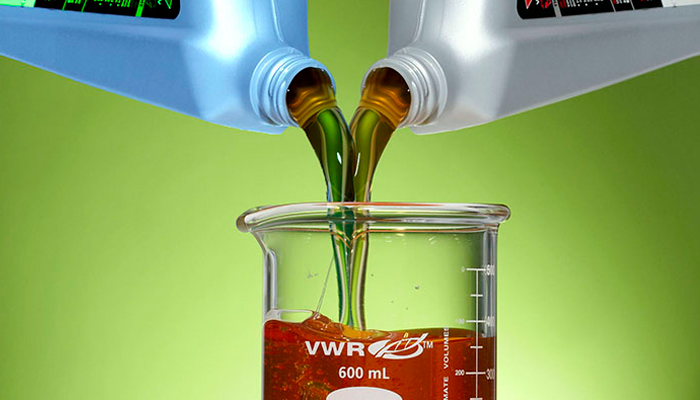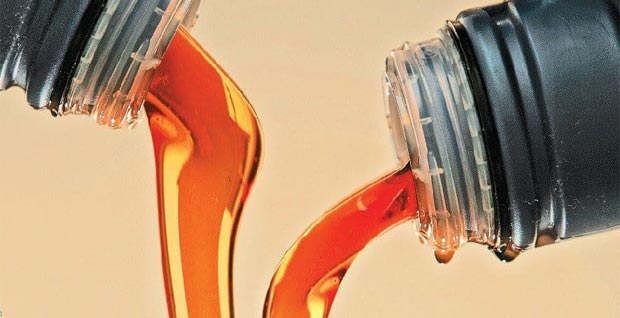
Can engine oils from different manufacturers be mixed?
When are oils allowed to be mixed?
Engine oil consists of a base and an additive package. Base oils occupy an average of 75-85% of the total volume, additives account for the remaining 15-25%.
Base oils, with few exceptions, are produced worldwide using several proprietary technologies. In total, several types of bases and ways to obtain them are known.
- mineral base. It is obtained by separating light fractions from crude oil and subsequent filtration. Such a base is not subjected to heat treatment, and, in fact, is a filtered residual substance after the evaporation of gasoline and diesel fractions. Today it is less and less common.
- Products of hydrocracking distillation. In the hydrocracking column, mineral oil is heated to high temperatures under pressure and in the presence of chemicals. The oil is then frozen to remove the paraffin layer. Severe hydrocracking proceeds at very high temperatures and enormous pressure, which also decomposes paraffin fractions. After this procedure, a relatively homogeneous, stable base is obtained. In Japan, America and some European countries, such oils are referred to as semi-synthetics. In Russia they are called synthetics (marked HC-synthetic).
- PAO synthetics (PAO). Expensive and technological base. The homogeneity of the composition and resistance to high temperatures and chemical changes results in increased protective properties and extended service life.
- Rare bases. Most often in this category there are bases based on esters (from vegetable fats) and created using GTL technology (from natural gas, VHVI).


Additives today without exception for all manufacturers of motor oils are supplied by only a few companies:
- Lubrizol (about 40% of the total amount of all motor oils).
- Infineum (approximately 20% of the market).
- Oronite (about 5%).
- others (the remaining 15%).
Despite the fact that the manufacturers are different, the additives themselves, like the base oils, have significant mutual similarity both in qualitative and quantitative terms.
It is absolutely safe to mix oils in cases where the base of the oil and the additive manufacturer are the same. Regardless of the brand indicated on the canister. It will also not be a big mistake to mix different bases when the additive packages match.


Do not mix oils with unique additives or bases. For example, it is not recommended to mix an ester base with a mineral or molybdenum additive with a standard one. In these cases, even with a complete change of lubricant, it is advisable to use flushing oil before filling to expel all residues from the engine. Since up to 10% of the old oil remains in the crankcase, oil channels and head of the block.
The type of base and the package of additives used are sometimes indicated on the canister itself. But more often you have to turn to the official websites of manufacturers or suppliers of oils.


Consequences of mixing incompatible oils
Critical chemical reactions (fire, explosion or decomposition of engine parts) or dangerous consequences when mixing different oils for a car and a person have not been identified in history. The most negative thing that can happen is:
- increased foaming;
- decrease in oil performance (protective, detergent, extreme pressure, etc.);
- decomposition of significant compounds from different additive packages;
- formation of ballast chemical compounds in the oil volume.


The consequences of mixing oils in this case are unpleasant, and can lead both to a decrease in engine life, and to rather sharp, avalanche-like wear, followed by engine failure. Therefore, it is impossible to mix engine oils without firm confidence in their compatibility.
However, in the case when the choice is: either mix lubricants, or drive with a critically low level (or no oil at all), it is better to choose mixing. At the same time, it is necessary to replace the mix of different oils as soon as possible. And before pouring fresh lubricant, it will not be superfluous to flush the crankcase.


Watch this video on YouTube
